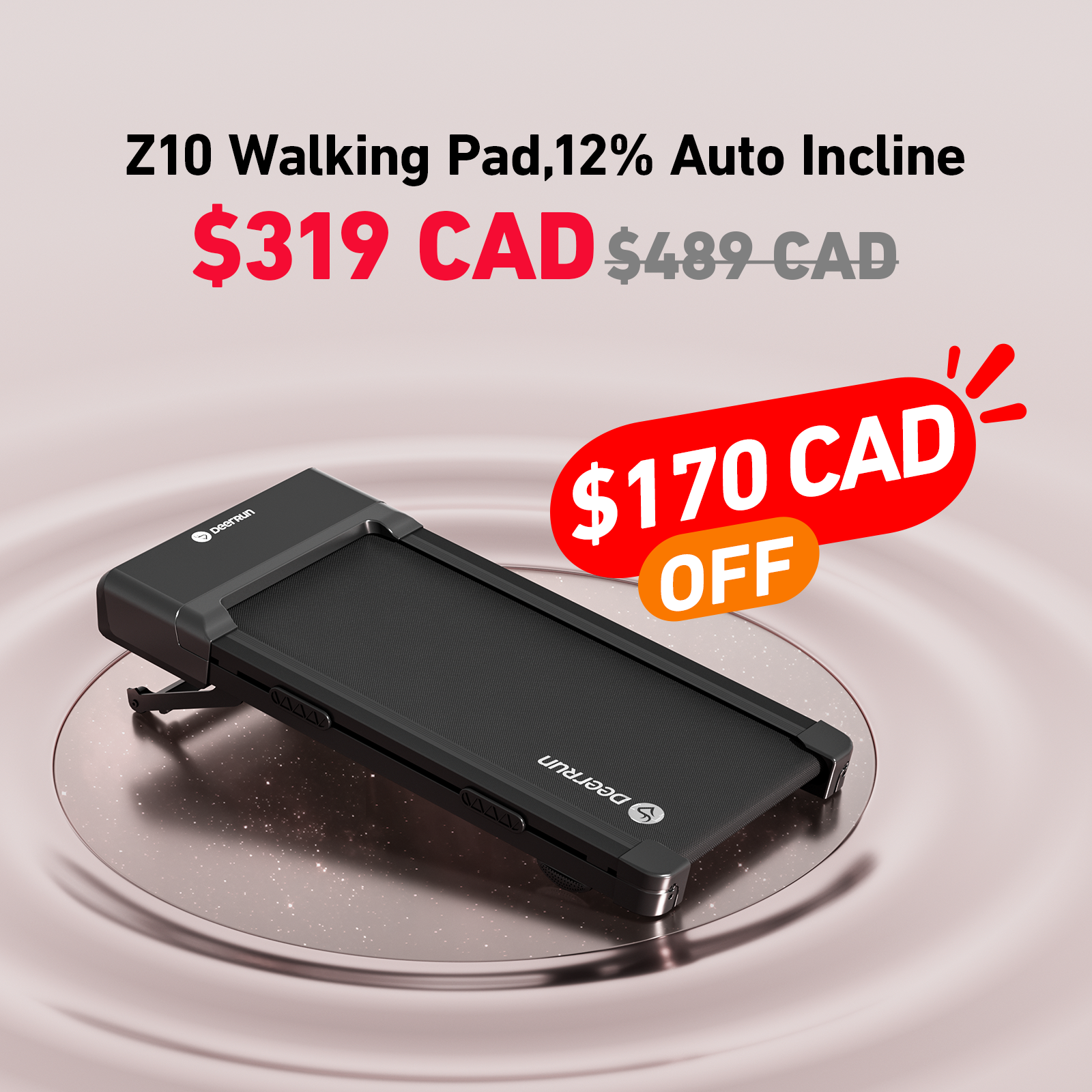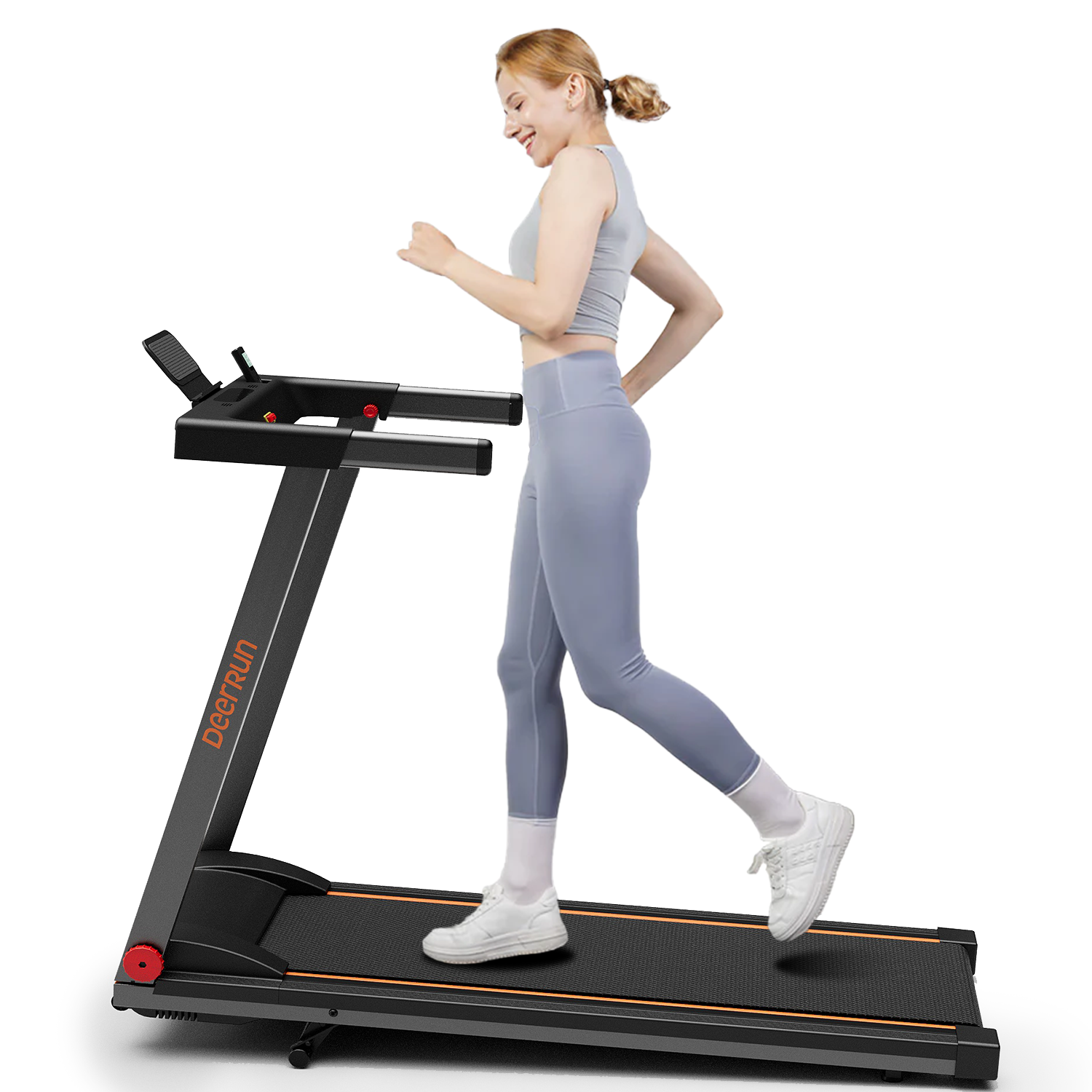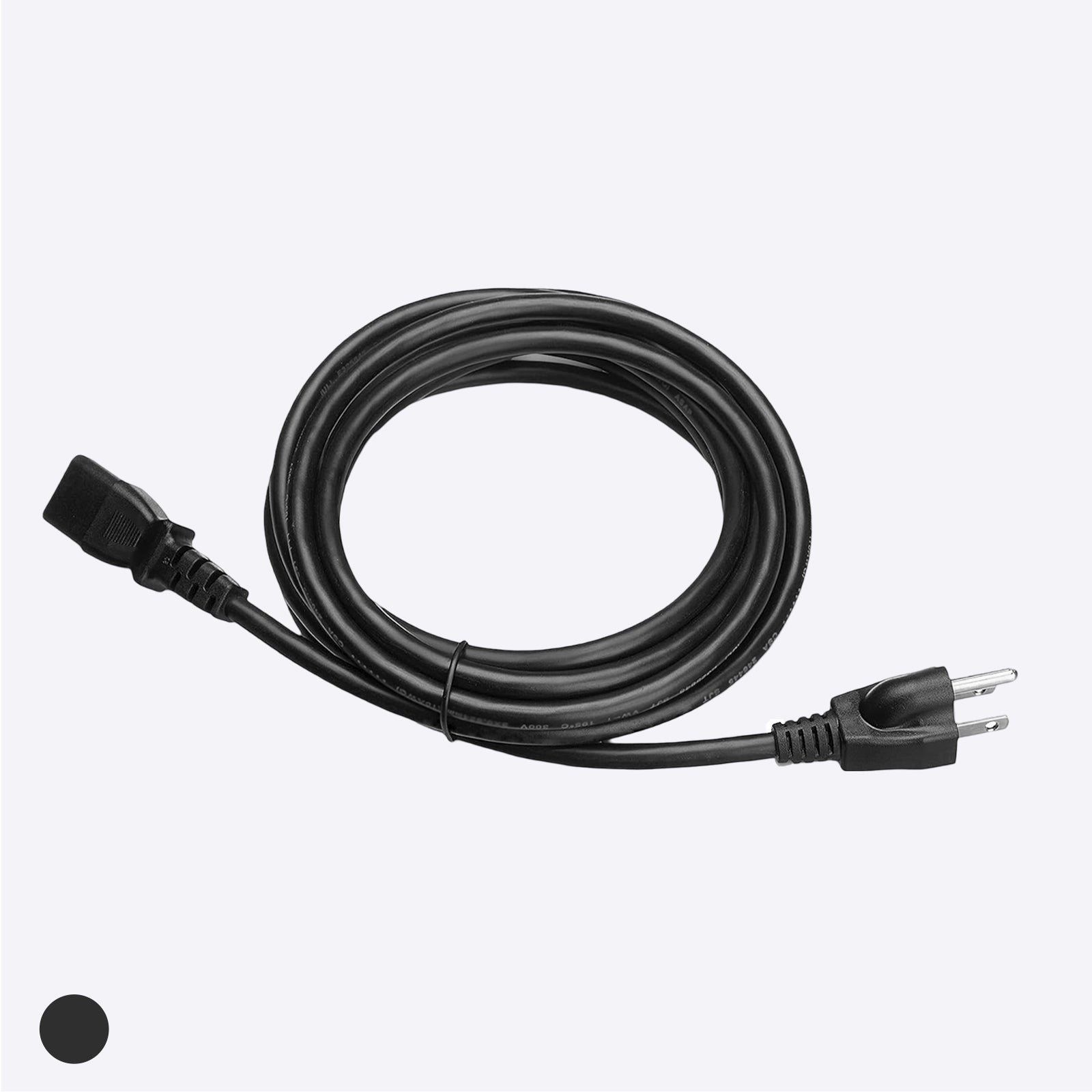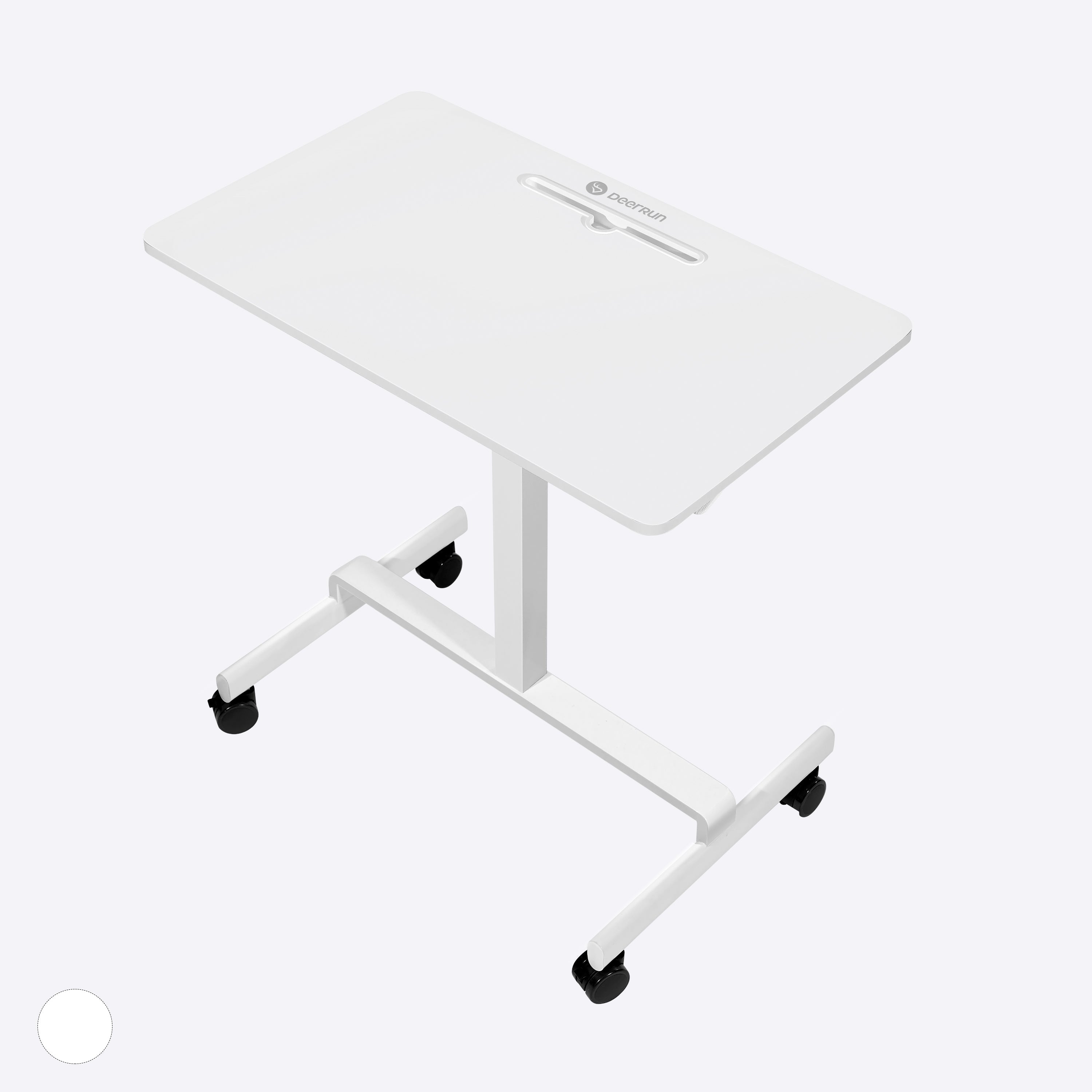The question of whether one should wear shoes on a treadmill might seem straightforward, but it's a topic that has sparked ongoing debate and curiosity among fitness enthusiasts. Treadmills are a popular choice for indoor exercise, providing a convenient and controlled environment for running or walking.
However, the choice of whether or not to wear shoes while using a treadmill isn't as clear-cut as it may initially appear. This article delves into the factors that influence this decision, exploring the pros and cons of wearing footwear on a treadmill and the implications it holds for your workout experience.
Understanding whether or not you need to wear shoes on a treadmill is crucial for all treadmill users, from occasional walkers to dedicated runners. The choice can significantly impact your safety, comfort, and overall workout experience.
Shoes offer grip and support, reducing the risk of accidents and protecting your feet and joints. However, for some, the sensation of barefoot or minimalist workouts has its appeal. By examining the advantages and disadvantages, we can help treadmill users make informed decisions that align with their fitness goals, preferences, and specific needs.
Benefits of Wearing Shoes on a Treadmill
Improved grip and stability
Reduced risk of slipping or falling: Proper footwear provides traction, minimizing the chance of slipping on the treadmill surface, which could lead to accidents and injuries during a workout.
Shock absorption
Protection for joints and feet: Running or walking on a treadmill can subject your body to repetitive impact forces. Shoes with cushioning and shock-absorbing features help reduce the stress on your joints, including your knees, hips, and feet, promoting long-term joint health.
Hygiene and cleanliness
Preventing the treadmill from getting dirty: Wearing shoes on a treadmill helps keep the machine clean by preventing the transfer of dirt, sweat, and grime from your feet to the treadmill's surface, thus reducing maintenance and cleaning efforts.
Support for arches and ankles
Reducing the risk of injury: Proper running shoes provide support and stability for your arches and ankles, decreasing the likelihood of overpronation or supination, and reducing the risk of common injuries like sprained ankles or plantar fasciitis.

Drawbacks of Wearing Shoes on a Treadmill
Reduced sensory feedback
Impact on natural gait and foot mechanics: Wearing shoes can diminish the sensory feedback your feet receive, potentially altering your natural gait and foot mechanics. This reduction in feedback may affect your running or walking form and posture.
Potential discomfort and blisters
Issues related to ill-fitting or inappropriate footwear: Wearing improper or ill-fitting shoes on a treadmill can lead to discomfort, chafing, and the development of blisters. Choosing the wrong shoes may result in painful friction between your feet and the shoe's interior.
Alternatives to Traditional Running Shoes
Barefoot running on a treadmill
- Benefits:
Enhanced sensory feedback: Barefoot running promotes a more direct connection between your feet and the treadmill, allowing for improved sensory feedback, which can help in refining your running form.
Strengthening foot muscles: Running without shoes can engage and strengthen the muscles in your feet and lower legs, potentially reducing the risk of certain injuries.
Natural foot mechanics: Barefoot running encourages a more natural foot strike pattern, which may reduce the risk of overpronation or supination.
- Risks:
Increased risk of injury: Running barefoot can expose your feet to more direct impact forces, increasing the potential for injuries like cuts, bruises, or stress fractures.
Treadmill hygiene: Without shoes, the treadmill's surface may come into direct contact with your feet, potentially leading to cleanliness concerns.
Socks with grip
Specialized socks designed for traction:
Socks with grip are a comfortable alternative to traditional shoes. These specialized socks feature grippy soles or patterns that provide traction and support while allowing your feet to remain bare.
- Benefits:
Improved grip: Socks with grip enhance traction on the treadmill surface, reducing the risk of slipping or sliding.
Minimalist feel: These socks provide a barefoot-like experience while still offering protection and traction, allowing you to maintain a more natural gait.
Hygiene: Socks with grip can help maintain cleanliness on the treadmill by acting as a barrier between your feet and the machine's surface.
- Limitations:
Reduced cushioning: Socks with grip typically offer less cushioning and shock absorption compared to traditional running shoes, potentially increasing the risk of joint and foot discomfort.
Limited support: While they provide traction, these socks may not offer the same level of arch and ankle support as traditional footwear.
Tips for Treadmill Users
Proper shoe fitting:
Ensure your treadmill shoes fit comfortably and provide adequate support for your arches, ankles, and heels.
Get your feet professionally measured and consider consulting a shoe specialist to find the right pair that suits your foot type and running style.
Remember that shoe sizes may vary among brands, so don't rely solely on your usual size.
Regular cleaning and maintenance:
Keep your treadmill clean to maintain hygiene and extend its lifespan. Wipe down the treadmill surface and handles with a clean cloth after each use.
Periodically check for loose bolts, damaged belts, or worn-out components, and perform necessary maintenance or adjustments to keep the treadmill in good working condition.

Monitoring foot health:
Pay attention to any discomfort, pain, or changes in your feet while using the treadmill. Address any issues promptly to prevent injuries.
Inspect your feet for blisters, calluses, or signs of wear and tear after each workout. Treat any issues with appropriate care, like using blister pads or moisturizing dry skin.
Consider regular foot exercises and stretches to maintain foot strength and flexibility, which can help prevent common issues such as plantar fasciitis.
By following these tips, treadmill users can enhance their overall workout experience, minimize the risk of injuries, and maintain both their foot health and the treadmill's condition.
How to Choose Treadmill Footwear?
Your fitness goals:
Consider your specific fitness objectives when selecting treadmill footwear. Are you running for cardio, training for a race, or walking for general fitness? Your footwear should align with the demands of your fitness routine.
Foot type and gait:
Determine your foot type, whether you have high arches, flat feet, or neutral arches. Your gait patterns, such as overpronation (inward rolling) or supination (outward rolling), should also be assessed. This information helps in choosing shoes with the right support and cushioning to match your individual needs.
Treadmill surface:
Pay attention to the type and condition of the treadmill's surface. If the treadmill deck is particularly hard or unforgiving, you may require shoes with better shock absorption. If the surface is textured or uneven, look for shoes with superior grip and stability.
Personal preferences:
Take your personal preferences into account. Some people prefer the feeling of running in traditional running shoes with ample cushioning, while others may opt for a more minimalist or barefoot approach. Your comfort and satisfaction with your footwear choice are paramount to your overall treadmill experience.
By considering these factors, you can make an informed decision about the most suitable treadmill footwear for your needs and preferences, ultimately enhancing your performance and safety during your workouts.
Conclusion
The question of whether you need to wear shoes on a treadmill is not a one-size-fits-all answer. It's a decision that should be made with careful consideration of your circumstances, fitness goals, and personal preferences.
For those seeking improved grip, stability, and shock absorption, traditional running shoes may be the ideal choice. They can significantly reduce the risk of slipping, provide essential support for arches and ankles, and protect your feet and joints from the rigors of treadmill workouts. Additionally, they help maintain hygiene by preventing the treadmill from getting dirty.
However, the drawbacks of wearing shoes, such as reduced sensory feedback and potential discomfort, must also be acknowledged. For those who desire a more natural or minimalist experience, alternatives, like barefoot running on a treadmill or using specialized grip socks, offer unique benefits, albeit with their own set of risks and considerations.
In the end, the decision to wear shoes or go shoeless on a treadmill is a highly individual one. It should be based on your fitness goals, foot type, the condition of the treadmill surface, and your personal preferences. Regardless of your choice, remember that staying safe and comfortable during your treadmill workouts should be the top priority.
So, whether you lace up your running shoes or opt for a shoeless experience, ensure that your choice aligns with your specific needs and allows you to make the most of your treadmill workouts while prioritizing your well-being.




















Leave a comment
This site is protected by hCaptcha and the hCaptcha Privacy Policy and Terms of Service apply.